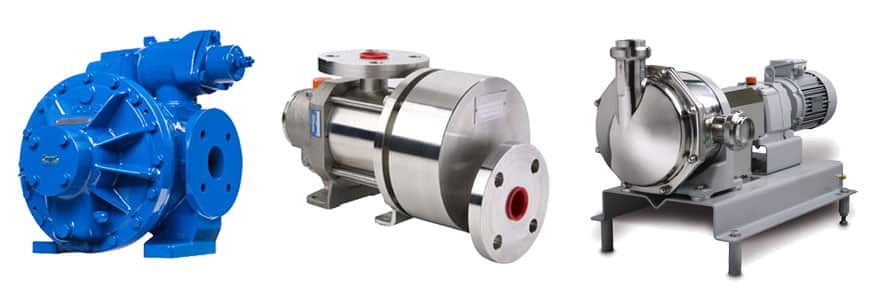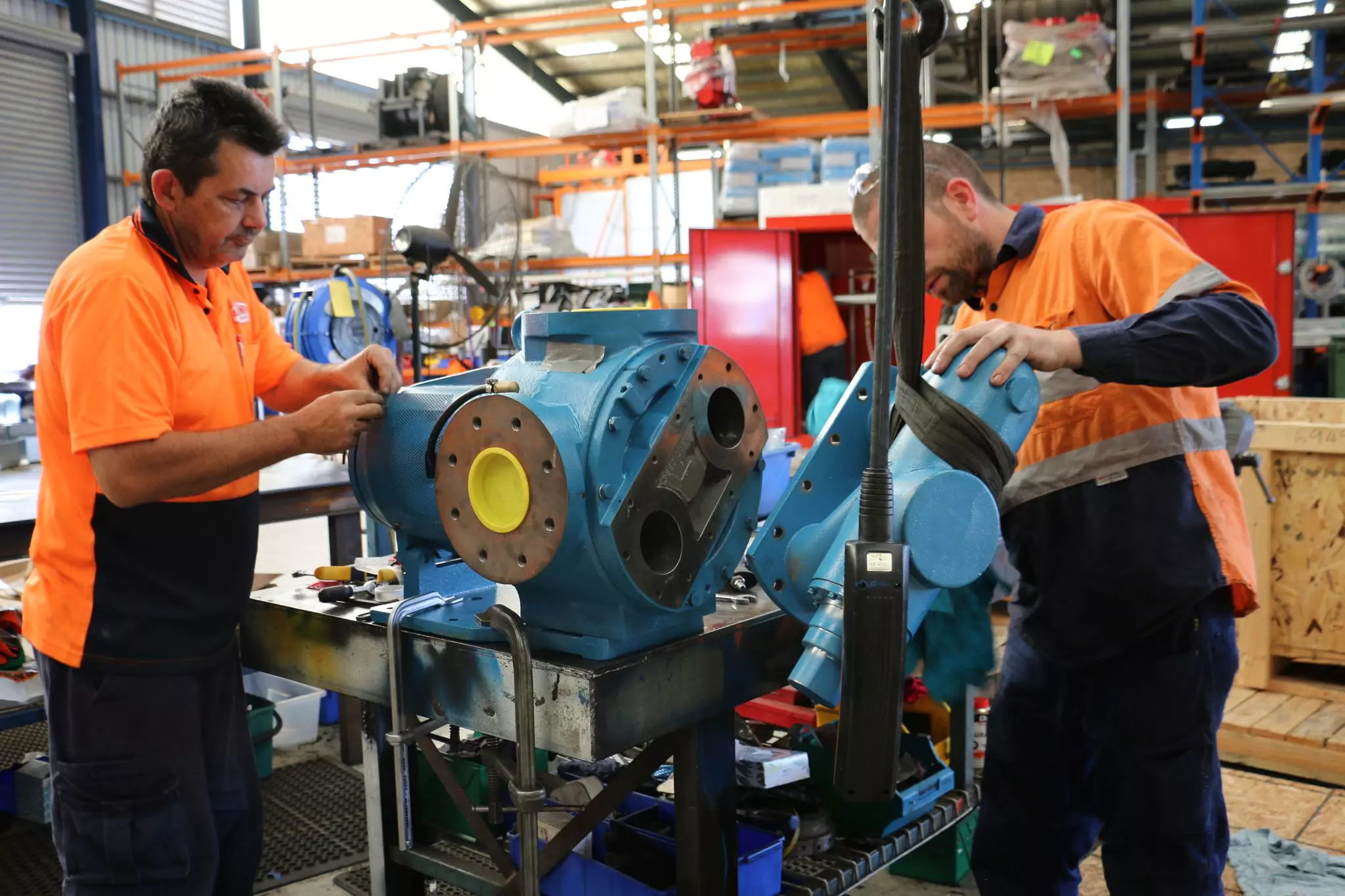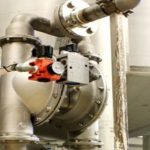
To the average person, many of the raw materials that are commonly used in the manufacture of chemicals can resemble either a steaming bowl of alphabet soup – KOH, NaOH, HCl and HF, for example – or a bad Scrabble rack – toluene and xylene, monomers and polymers, for instance.
However, those who make a living manufacturing chemical-based compounds such as caustics, acids, solvents and polymers know that valuable chemicals that are pivotal to the production process, but can also be extremely dangerous and harmful to site personnel and the environment if not handled properly.
This is a constant concern for manufacturers as hazardous chemical compounds are used in a large number of industries and products, such as:
- Adhesives
- Biofuels
- Petroleum Additives
- Polyurethane Foam
- Molten Sulfur
- Pulp and Paper
- Food Processing
- Resins
- Soap and Detergents
- Paint and Coatings
- Lube Oils and Greases
- Petrochemicals
- Herbicides and Pesticides
- Silicates
In addition to being widely used and potentially dangerous or hazardous if mishandled, many chemical compounds are also extremely expensive. If a leak were to occur during the handling or transfer of these products, large costs would be incurred by the operator due not only to the loss of raw materials, but also for cleanup and potential environmental remediation.
All of these factors combine to make the full containment of dangerous chemicals a front-of-mind concern for facility operators.
The Challenge
When handling dangerous chemicals, there are four main areas of concern for manufacturers:
- Safety
Ensuring that site personnel, surrounding communities and the environment are not harmed - Product Containment
When dangerous or hazardous products are fully contained and not allowed to leak, valuable raw materials and products are not lost to the environment, improving safety overall - Maintenance
Mechanical shaft-seal failures are the number one cause of pump downtime. Excessive maintenance costs generally are accumulated in two forms—the need to constantly repair, rebuild or replace underperforming pumps or components, and in the downtime that brings production runs to a grinding halt - Operating Costs
An overlooked drag on the bottom line can be in the form of seal-flush water with the impact of the seal water on the process and the cost of the flush water needing to be taken into account
The most common pump technologies that are used in the manufacture and handling of dangerous chemicals include diaphragm, sliding vane, lobe, progressive cavity, centrifugal and gear.
All of the traditional pump technologies have one thing in common: they rely on various types of seals to prevent shaft leakage.
The two most common types of seals, packing and mechanical, are used in many hazardous chemical applications, but they both have their own potential shortcomings:
- Packing Rings
This method utilizes braided packing material that includes a set of formed rings that are wrapped around the pump shaft and held in place by an adjustable gland that has been designed to control shaft leakage. A small amount of leakage is needed for lubrication and cooling. Packing has been widely used in a variety of industries (such as in resin and paint and coatings), but should not be generally considered a best practice for hazardous chemicals. - Mechanical Seals
These seals come in two general variations: single and double. Single mechanical seals can usually adequately address the problem of fluid leakage, but when used with liquids of higher viscosity, the product drag can distort the seal or cause it to break away from the shaft completely. Single mechanical seals also are incapable of containing potentially hazardous vapors. Double mechanical seals can prevent the escape of vapors and are more reliable when handling viscous liquids, but they can be prohibitively expensive to acquire, repair, clean and maintain.
While any of the various types of seals can perform admirably for long periods of time, they will eventually need maintenance or need to be replaced before major shaft leakage can occur. Replacing the seals, not only after they fail but also as a form of preventative maintenance, is costly.
The cost of a leak to a manufacturer includes the loss of valuable raw materials or finished products, downtime in production, and the costs and potential penalties associated with the chemical cleanup. Leaks of hazardous materials that reach the outside environment can be subject to fines and remediation costs from local and state regulatory agencies.
The Solution
While sealed pumps can perform admirably in the manufacture, transfer and handling of dangerous chemicals and other hazardous materials, the shortcomings that are inherent in their sealed design can make them insufficient for the job. Fortunately for the operators of chemical manufacturing facilities, there is an alternative technology that can help eliminate some of the major concerns associated with achieving full containment: internal gear and eccentric disc pumps.
INTERNAL GEAR

Technological advancements in internal gear pump design and operation now offer to the market models that have only one fluid chamber.
This method of construction removes the adapter plate that is a staple of traditional two-chamber magnetically coupled internal gear pumps, which eliminates product entrapment concerns, especially when transferring high-viscosity liquids.
One-chamber operation is achieved through a between-the-bearings design that places the magnets directly on the pump rotor, resulting in a simpler flow path and full leak-free product containment.
Some seal-less internal gear pump models are also constructed of as few as seven parts, which helps contribute to an estimated 50% reduction in maintenance costs when compared to sealed pumps.
Tuthill manufactures seal-less gear pumps which handle many viscosities and sustain a constant flow at any pressure.
Eccentric Disc

Seal-less eccentric disc pump models feature no mechanical seals, packing, couplings—or even magnets, with the shaft sealed instead by a unique double stainless-steel bellows.
Operationally, seal-less eccentric disc pumps can still offer self-priming, dry-run and low-shear operation, very high suction and discharge pressures, the ability to pump both low- and high viscosity liquids and clean-in-place/sanitize-in-place (CIP/SIP) capability.
Additionally, by virtue of the unique eccentric disc operating principle that allows them to pump air, seal-less eccentric disc pumps can achieve product-recovery rates of 90% or more on the suction side and 60% to 80% on the discharge side of transfer lines.
This enhanced product-recovery capability can result in thousands of dollars in cost savings annually from the retrieval of still useable raw materials and saleable end products.
Mouvex, founded in 1906, is a major manufacturer of eccentric disc pumps which is used in major applications across various types of industries.
Conclusion
Sealed pumps have been performing sufficiently in chemical-manufacturing operations for many years. However, operators who are looking for a better alternative should look to upgrade their facilities with seal-less pumps.
These types of pumps will reduce leakage events and improve containment of dangerous or hazardous materials. Maintenance costs can also be lowered to such a level that the lifetime cost to operate the seal-less pump may be half that of a sealed model.
Most important to the operator, the use of seal-less pumps can increase the peace of mind that comes with knowing that not only is personal and environmental safety being optimized, but that the bottom line is receiving a boost, as well.



